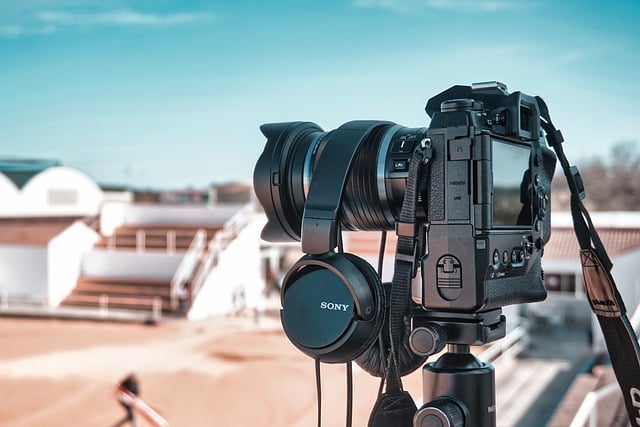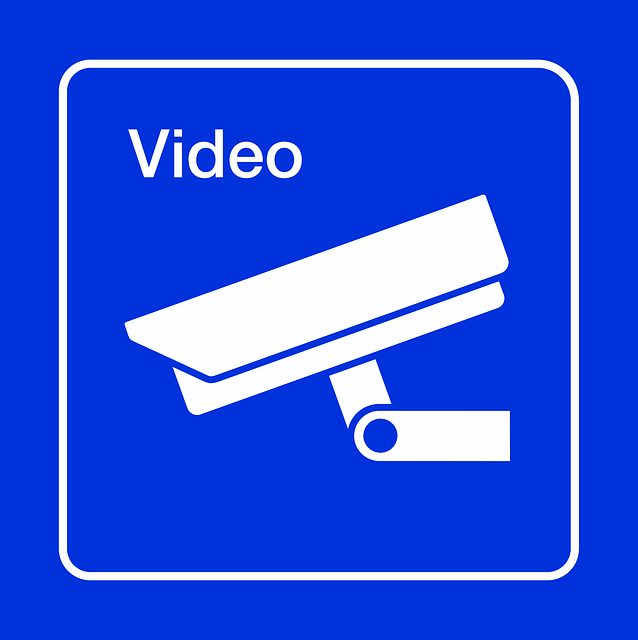Playing DivX on Smart TVs significantly enhances your digital content viewing experience by providing high-quality playback directly on your television with no need for additional conversions or external software. Smart TV compatibility with DivX ensures a user-friendly interface and easy media sharing among users connected to the same network, while maintaining high-quality video and audio without data wastage from re-encoding. To enjoy DivX content on your Smart TV, verify its support for the codec or use compatible streaming devices like Roku, Amazon Fire Stick, or Google Chromecast via HDMI. For a smooth setup, ensure your device is connected to the internet and your network has sufficient bandwidth to prevent buffering. Following these steps will allow you to play DivX content seamlessly on your smart TV, offering an optimal home viewing experience with clear instructions for integration and performance optimization.
Discover the seamless way to share and indulge in digital content with the latest advancements in playing DivX on Smart TVs. This article demystifies the process, ensuring your devices are compatible and connected for an optimal viewing experience. From a straightforward guide on how to play DivX files to expert tips for perfect playback, enhance your entertainment setup without the hassle. Dive into the world of Smart TV entertainment, where accessing and enjoying DivX content is as easy as pressing play.
Streamlining Digital Content Sharing: The Advantages of Playing DivX on Smart TVs

Playing DivX on Smart TVs revolutionizes the way users share and enjoy digital content, offering a seamless and efficient experience. The compatibility of DivX with a wide range of Smart TV models allows for effortless streaming of high-quality videos directly to the big screen, bypassing the need for additional conversion steps or third-party applications. This direct playback feature not only simplifies the user interface but also ensures that the content is displayed in its optimal format, preserving the integrity of the original file. Moreover, the integration of DivX on Smart TVs facilitates easy content sharing among family and friends, as users can simply connect to the same network and access the shared media with a few clicks. The advantages of this technology are manifold, from reducing data usage by avoiding re-encoding to providing a consistent and high-quality viewing experience across various devices. Users benefit from the convenience and enhanced compatibility that DivX on Smart TVs brings, making it an indispensable tool for anyone looking to maximize their multimedia consumption and sharing capabilities.
Compatibility and Connectivity: Ensuring Your Devices Can Play DivX on Smart TV

With the advent of smart TVs, consumers have the opportunity to enjoy a wide array of digital content directly on their living room screens. A key feature that enhances this experience is the ability to play DivX videos, a format known for its high-quality video and audio compression. To ensure seamless compatibility and connectivity when playing DivX on smart TVs, it’s crucial to verify both the TV’s built-in support for the DivX codec and any connected devices that may be used to stream content. Most modern smart TVs come equipped with the necessary software to natively play DivX files; however, if your device does not support this format out of the box, various media players and streaming devices like Roku, Amazon Fire Stick, or Google Chromecast can be easily connected to your smart TV via HDMI and offer DivX compatibility. These additional devices often serve as a bridge between your digital content library and your smart TV, allowing you to share and enjoy movies, shows, and other video content in the high-quality format you prefer. Before setting up your device, ensure that it is connected to the internet for optimal performance, as this will facilitate smooth streaming of DivX content and allow for any software updates needed to maintain compatibility with new versions or improvements in the codec. Additionally, check your network’s bandwidth to avoid buffering issues that could disrupt your viewing experience. With these steps, you can ensure that your devices are well-prepared to play DivX on your smart TV, providing an enjoyable and hassle-free way to indulge in your favorite digital content.
Step-by-Step Guide: How to Play DivX Files on Your Smart TV

To seamlessly integrate DivX content into your smart TV experience, follow this step-by-step guide. Firstly, ensure your smart TV model supports DivX playback. This information can typically be found in the TV’s user manual or by checking the manufacturer’s specifications online. If your TV is compatible, connect your external storage device or media player that contains the DivX files to your TV via HDMI. Navigate to the ‘Media Player’ or ‘File Browser’ app on your smart TV, and open the folder containing your DivX files. Select the file you wish to play and allow the smart TV to process the format. For optimal performance, ensure the video resolution is compatible with your TV’s display capabilities. Once playback starts, you can control play, pause, and volume using your TV’s remote control.
In case of playback issues, such as audio-video desynchronization or unsupported codec errors, consider converting your DivX files to a format more universally recognized by smart TVs, like MP4. There are numerous free and paid software options available on computers or mobile devices that can perform this conversion with ease. Alternatively, some smart TVs come with built-in downloadable codecs or apps that support DivX playback. To access these, visit your TV’s app store and search for a DivX player or similar media application. By following these steps, you can enjoy DivX files on your smart TV without complications, creating an immersive viewing experience right at home.
Maximizing Your Viewing Experience: Tips for Optimal Playback of DivX Content on Smart TVs

To fully harness the capabilities of your smart TV for an unparalleled viewing experience, it’s crucial to optimize the playback settings when accessing DivX content. Begin by ensuring that your smart TV model supports DivX playback natively; this can be verified in the device’s specifications or through the manufacturer’s guidelines. For those models that do not inherently support DivX, external media players that are compatible with DivX format can be connected to your smart TV via HDMI to facilitate smooth playback without the need for additional software installations.
Once you have confirmed compatibility and set up your device accordingly, there are several steps you can take to enhance the viewing experience. Firstly, adjust your TV’s resolution settings to match the DivX file’s resolution for the best possible image quality. High-definition (HD) or even 4K content should be played back at its native resolution to avoid any loss in clarity or detail. Additionally, ensure that your network connection is stable, as a strong and consistent internet connection minimizes buffering and interruptions during playback. Utilize the built-in settings of your smart TV to fine-tune picture and sound preferences, such as brightness, contrast, color, and audio output options, to match the content’s format and enhance its overall impact. By following these tips, you can play DivX on Smart TVs with optimal performance, ensuring a seamless and immersive experience every time.
Users now have the opportunity to seamlessly share and enjoy digital content, with the ability to play DivX on Smart TVs leading the charge in simplifying media consumption. This article has outlined the key advantages of integrating DivX playback into your smart TV experience, from enhancing compatibility and connectivity to providing a step-by-step guide for seamless implementation. By following our tips for optimal playback, you can maximize your viewing pleasure while accessing a wide array of content. Embrace the convenience of playing DivX on Smart TVs and elevate your digital media experience today.
